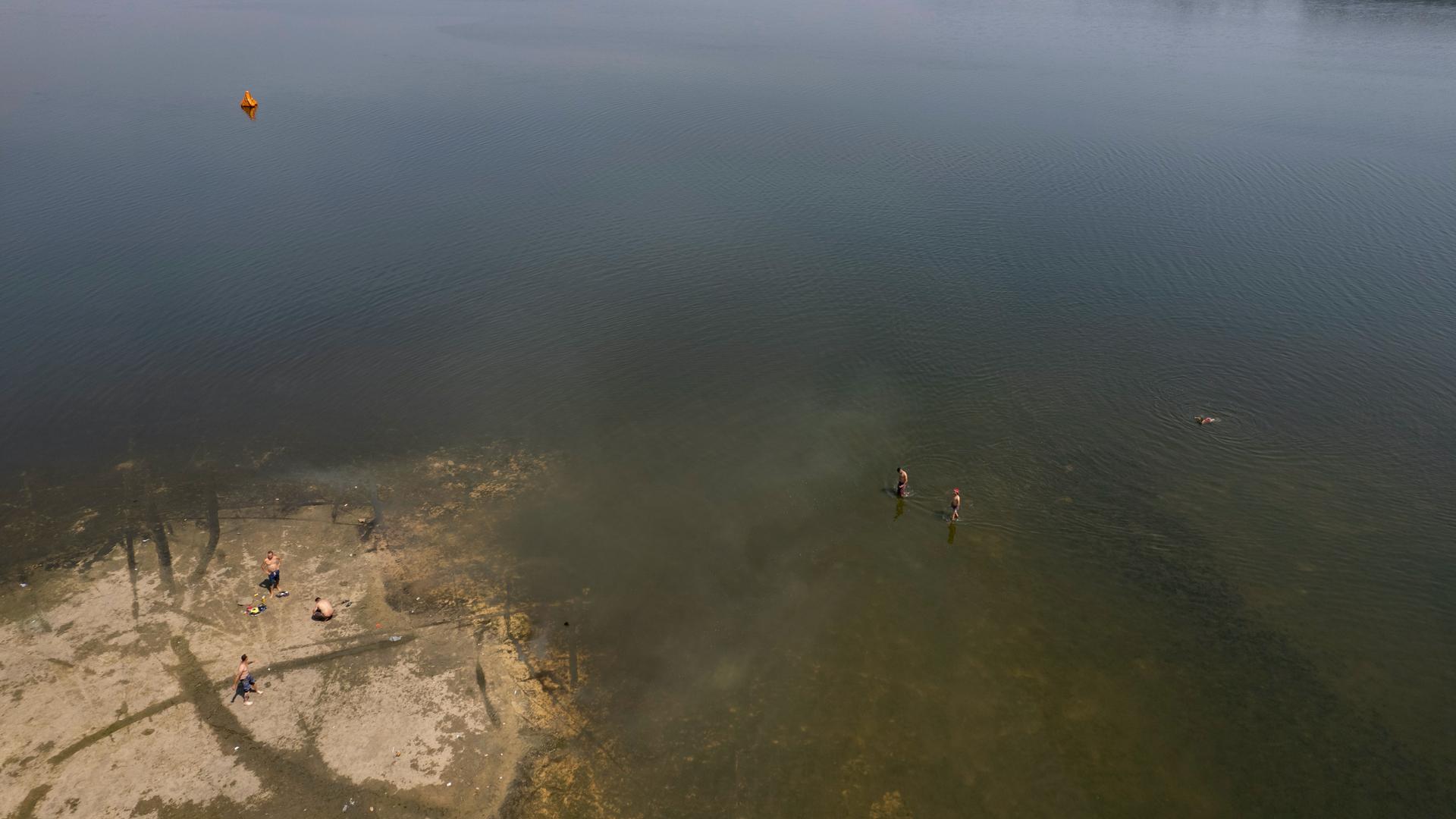Electricity rates have skyrocketed in Brazil. The govt says the water crisis is to blame.
When the utility company came to turn off the family’s electricity for lack of payment last week, Adriana Regina do Nascimento said that she fought it.
Regina do Nascimento lives in the poor neighborhood of Itaim Paulista in São Paulo, Brazil, and has three children, one of whom stays home during the day.
Related: Evangelicals in Brazil ‘have taken power’ with latest Supreme Court justice appointee
“I told them about my child,” she said. “I showed them my agreement with the company. How I’m paying the bill in installments. I’ve already paid off three of them.”
The power company gave her a break, and the power is still on. But she doesn’t know for how long.
Electricity rates have skyrocketed over the last year in Brazil. For Regina do Nascimento, they’ve more than tripled from the 50 or 60 reais, or roughly $10 a month, which her family used to pay.
“We want to pay the bills, but we are in a situation where we have to prioritize buying food for our family.”
“We want to pay the bills, but we are in a situation where we have to prioritize buying food for our family,” she said.
Stories like hers are becoming increasingly common in low-income neighborhoods across Brazil.
“It’s absurd,” said Fernanda Maria Silva, who lives with her 13-year-old daughter in the poor São Paulo neighborhood of São Miguel Paulista. “I don’t have a microwave. I don’t have a washing machine. I only have a fridge and a TV. And I’ve received an electricity bill for more than 300 reais [$50]. I should be paying 60 reais [$10] max, and then the rest would be left over to help pay for food.”
The Brazilian government says the country’s water crisis is behind the spiking electricity rates.
In August, Brazil’s National Energy Agency hiked some rates over 50%. Energy Minister Bento Albuquerque told Brazilians the country was facing one of the worst droughts in its history: “The lack of water that is impacting Brazil’s hydroelectric dams, and in particular, in the southeast and center-west of the country, is the worst in 91 years.”
In Brazil, water is key.
Related: Brazil’s COVID vaccination campaign picks up thanks to a 1980s public health mascot
Almost 70% of the country’s energy is generated by hydroelectric dams, like Belo Monte in the Brazilian Amazon. It’s an imposing concrete structure, with 18-block turbines that run the width of the Xingu River and usually emit a subtle but endless hum along the highway just in front. It’s one of the biggest hydroelectric dams in the world and was completed a few years ago after a long controversy over its potential environmental impact. In September, it was running at less than 3% capacity.
In the same month, massive dust storms hit major cities in the state of São Paulo. Videos posted on social media show apocalyptic scenes. A towering wall of dust engulfs the city of Ribeirão Preto into darkness.
Experts say rising deforestation and climate change may be, in part, to blame for the water crisis, and that doesn’t bode well for the future.
“The current water crisis is a consequence not just of what is happening in Brazil, which is an absolute disregard for the environment, but it’s the consequence of bad public policies not directed at conserving the environment,” said Selvino Neckel, an ecologist at the Federal University of Santa Catarina.
“With the disregard we have for the environment, today, it’s likely that in the future, episodes like this will become even more common.”
“With the disregard we have for the environment, today, it’s likely that in the future, episodes like this will become even more common,” he said.
The Brazilian government has responded by purchasing 63% more energy from neighboring countries and importing record amounts of natural gas from the United States. It’s also relying increasingly on the country’s more than 3,000 thermoelectric power plants. Two-thirds of those run on fossil fuels.
“With all the climate change and climate emergency, there has to be more alternative sources of energy. There has to be an increase in wind and solar energy,” said Pedro Roberto Jacobi, a professor at the University of São Paulo’s Energy Institute.
But there have been droughts before without electric bills rising sky high.
“The water crisis alone can’t account for the rising utility rates,” said hydrologist Norbert Fenzl, from the Pará State Federal University. “That’s really a childish excuse.”
The state-owned Electrobras is the largest electric power company in Latin America. It’s set to be privatized and auctioned off at the beginning of next year. Fenzl said that he believes the government is increasing prices to bring them closer to market rate.
Earlier this year, the energy minister said the privatization would actually help bring down consumer electricity rates.
Meanwhile, those in Brazil’s low-income communities are bearing much of the burden of the water crisis.
“We are economizing,” Regina do Nascimento said. “We only turn one light on in each room. I taught the children, even my son with autism, he’s learning to economize. And even being as careful as possible, our electric bill is three times what we used to pay, on top of having to pay the unpaid installments.”
“It’s hard,” she said.
The story you just read is accessible and free to all because thousands of listeners and readers contribute to our nonprofit newsroom. We go deep to bring you the human-centered international reporting that you know you can trust. To do this work and to do it well, we rely on the support of our listeners. If you appreciated our coverage this year, if there was a story that made you pause or a song that moved you, would you consider making a gift to sustain our work through 2024 and beyond?
